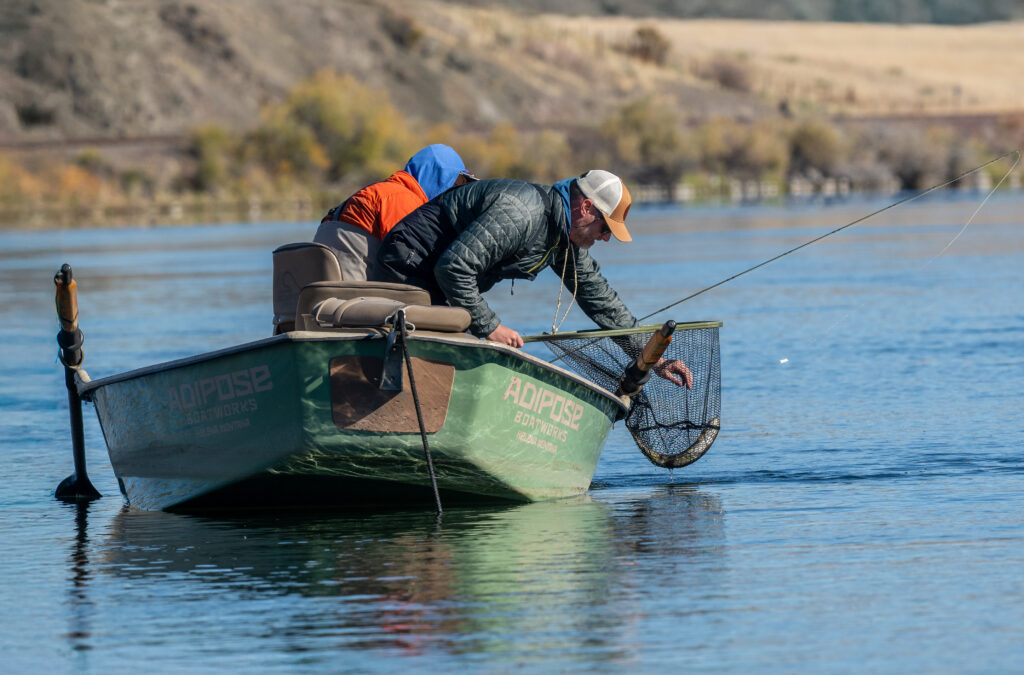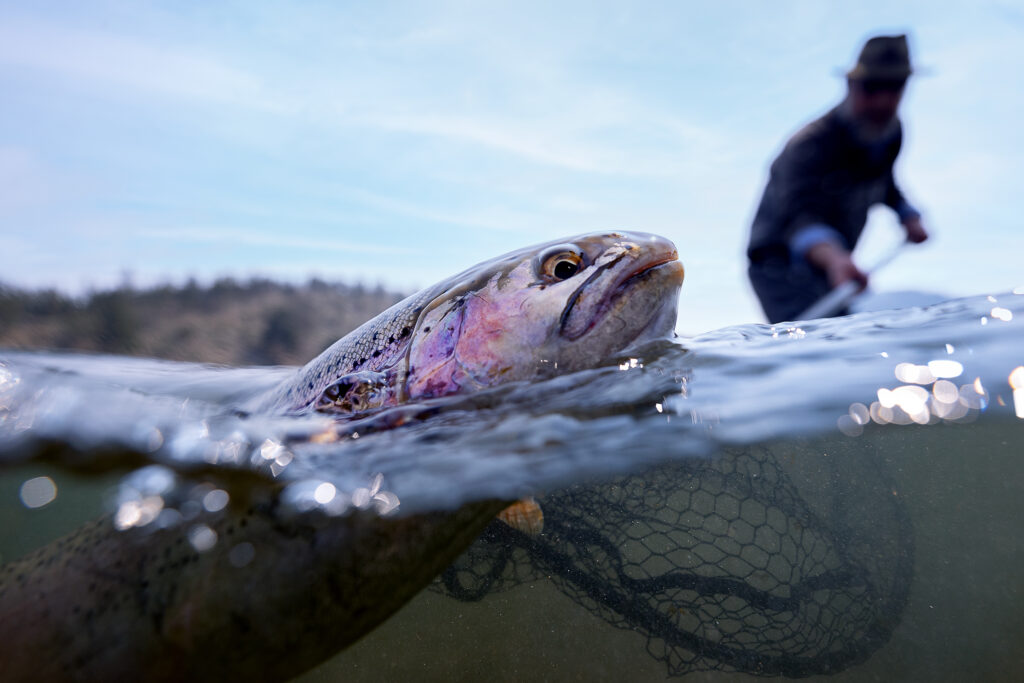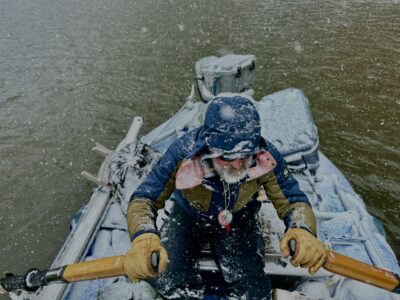Fly fishing isn’t just a hobby; it’s a passion that takes us to serene waters, allowing us to connect with nature in a profound way. Behind every successful fishing trip lies the expertise and dedication of professional fishing guides and outfitters. Great guides not only know the waters intimately but also possess a strong ability to coach and provide invaluable insights that elevate our angling skills.
Beyond their technical expertise, there’s another aspect of their service that often goes unspoken but deserves our utmost appreciation: tipping.
Why Tip Your Fly Fishing Guide?
First and foremost, tipping is not mandatory, but it is highly encouraged. Guides put in long hours—driving to pick up and drop off clients, preparing lunches, scouting prime fishing spots, tying flies, and studying water conditions. A tip is a way to acknowledge the dedication, expertise, and passion they bring to their craft.
More than anything, guides are sharing their knowledge and experience with you. Their insights can significantly improve your skills and deepen your understanding of the sport, making your time on the water even more rewarding.

How much should you tip your fly fishing guide?
The answer to this question depends on several factors, including the length of your trip, whether your guide went out of their way to pick you up, and your overall satisfaction with the experience. Try not to base the success of a trip solely on the number of fish you caught—guides can only control so much. A good rule of thumb is to tip between 15% and 20% of the total cost of the trip. For example, if you paid your outfitter $700 for a full-day float trip, a tip of $100–$150 would be appropriate. If you had an exceptional experience or if your guide went above and beyond, consider tipping more. On the other hand, if you were not satisfied with the service, it’s okay to tip less. However, if you’re dissatisfied, it’s important to communicate your concerns with the guide or outfitter.
How to tip your Fly Fishing Guide
When tipping your fishing guide, keep a few things in mind. First, it’s always best to tip in cash. This ensures your guide receives the money directly and avoids any potential processing delays or fees. Second, it’s a good idea to hand your tip directly to your guide at the end of the trip. This gives you the opportunity to personally thank them for their hard work and ensures they receive the tip.

Here Are a Few Tips to Keep in Mind
Communicate with Your Guide: Let your guide know what you expect from the trip, and don’t hesitate to ask questions or express any concerns. Clear communication helps your guide provide the best possible experience.
Be Prepared and Be on Time: Ensure you have all the necessary gear and dress appropriately for the weather conditions. Being punctual and prepared sets the tone for a smooth and enjoyable trip for both you and your guide.
Respect Your Guide’s Boat and Equipment: This is a big one! Avoid wearing studded wading boots in the boat, as they can damage the deck. If you’re using the guide’s rods, treat them as if they were your own—handle them with care and never stick flies into the cork handle.
Stay Patient and Positive: Fishing can be unpredictable, and there are no guarantees of landing that huge brown or putting up impressive numbers every trip. Stay patient and maintain a positive attitude—your luck can change at any moment! A good attitude makes the trip more enjoyable for both you and your guide.
In conclusion, tipping your fishing guide is a small gesture with a significant impact. It’s a tangible way to express gratitude for an exceptional experience while supporting those who dedicate their lives to the sport and the preservation of our fisheries.


 The Best Fly Rod for Fishing Montana
The Best Fly Rod for Fishing Montana
Leave a Reply